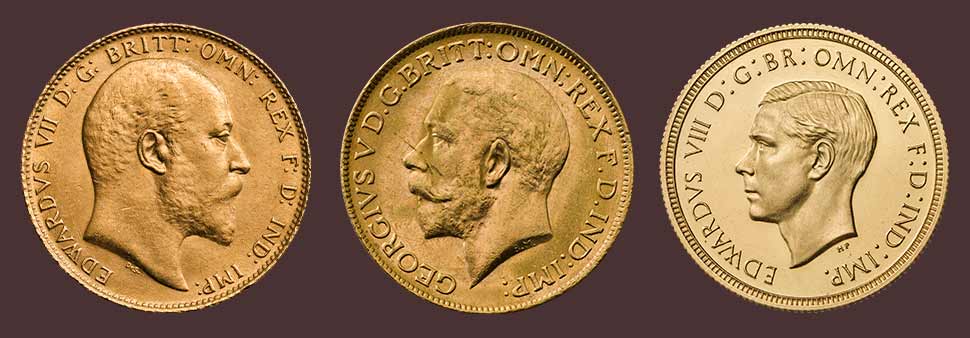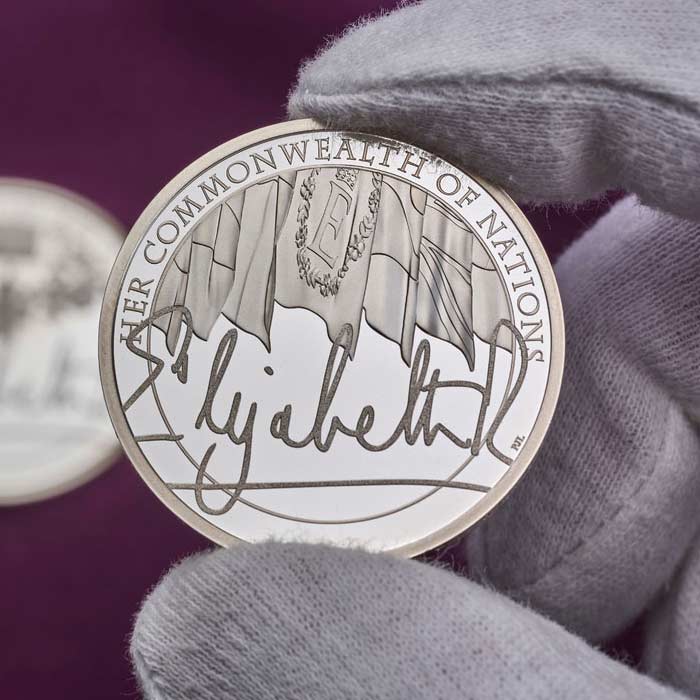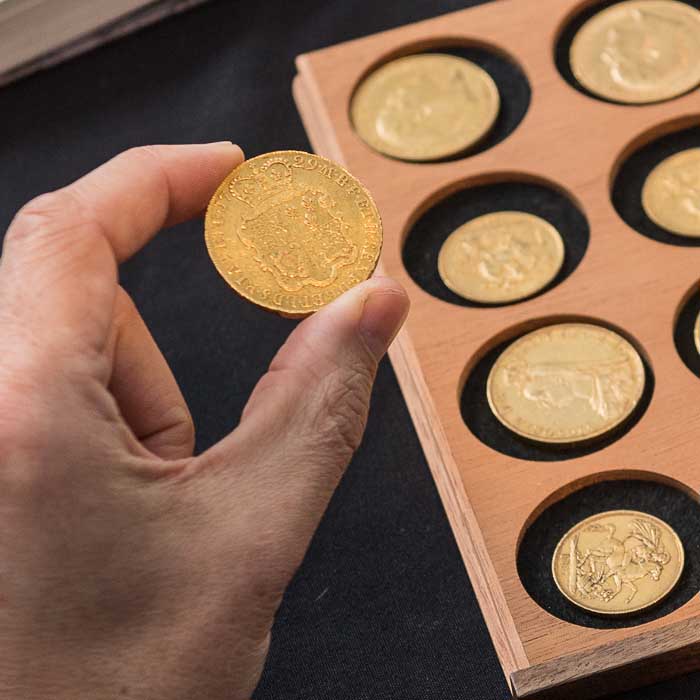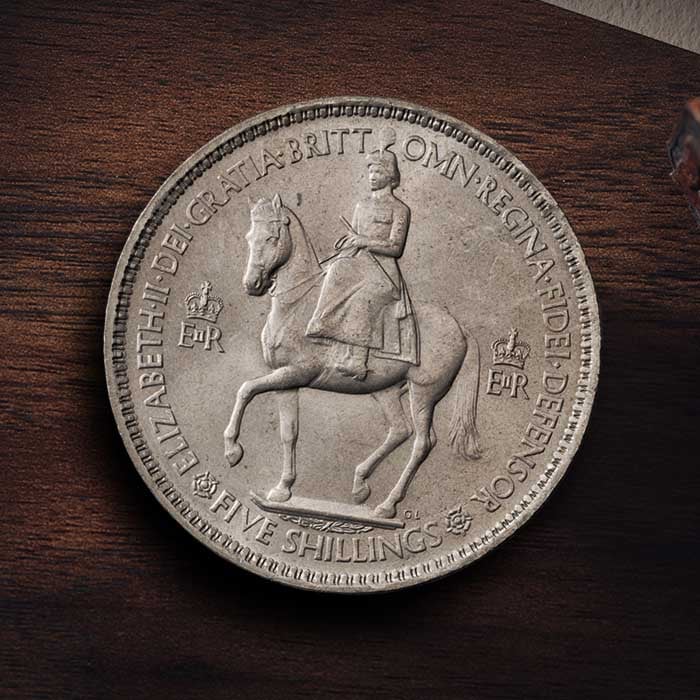Over time, there has been one exception to the tradition. During his brief reign, Edward VIII broke protocol by insisting his portrait showed his favoured left side, meaning his effigy would face the same way as that of his predecessor, George V.
Following Edward VIII’s abdication, his coinage became even more fascinating. Created in the very early stages of production, The Royal Mint had only been able to prepare pattern pieces of the king’s coinage; no coins featuring the king’s portrait been issued or passed through the Royal Proclamation process. When Edward VIII requested a set, the new monarch George VI refused, as they were not deemed official UK coins. Many of the pattern pieces remain at The Royal Mint Museum to this day and you can read more about the coinage that never was here.

The correct protocol resumed during George VI’s reign, with his portrait facing left as if Edward VIII’s had faced right.




